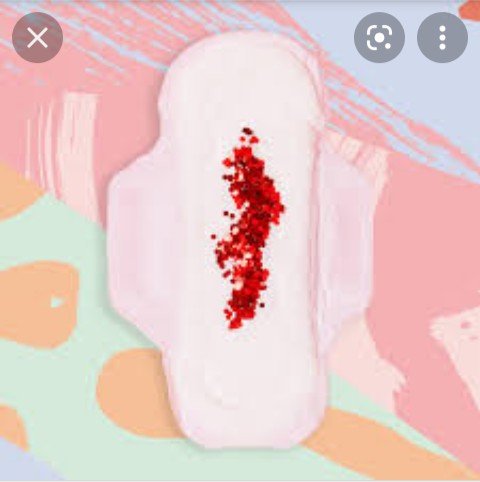Menstruation is the monthly shedding of the lining of a woman’s uterus (more commonly known as the womb). Menstruation is also known by the terms menses, menstrual period, cycle or period The menstrual blood which is partly blood and partly tissue from the inside of the uterus flows from the uterus through the cervix and out of the body through the vagina. Some ladies tends to start their mensturation as early as 9 while some start theirs late. Proper education needs to be given to a girl child as early as possible to avoid mistakes.
There are some terms needed to be understood these terms include
The menstrual blood this is partly blood and partly tissue from the inside of the uterus flows from the uterus through the cervix and out of the body through the vagina.
The menses phase: This phase, which typically lasts from day one to day five, is the time when the lining of the uterus is actually shed out through the vagina if pregnancy has not occurred. Most women bleed for three to five days, but a period lasting only two days to as many as seven days is still considered normal.
The follicular phase: This phase typically takes place from days six to 14. During this time, the level of the hormone estrogen rises, which causes the lining of the uterus (called the endometrium) to grow and thicken. In addition, another hormone—follicle-stimulating hormone—causes follicles in the ovaries to grow. During days 10 to 14, one of the developing follicles will form a fully mature egg (ovum).
Ovulation: This phase occurs roughly at about day 14 in a 28-day menstrual cycle. A sudden increase in another hormone—luteinizing hormone—causes the ovary to release its egg. This event is called ovulation.
The luteal phase: This phase lasts from about day 15 to day 28. After the egg is released from the ovary it begins to travel through the fallopian tubes to the uterus. The level of the hormone progesterone rises to help prepare the uterine lining for pregnancy. If the egg becomes fertilized by a sperm and attaches itself to the uterine wall, the woman becomes pregnant. If pregnancy does not occur, estrogen and progesterone levels drop and the thickened lining of the uterus is shed during the menstrual period.
Some symptoms of mensturation includes:
Moodiness
Trouble sleeping
Food cravings
Cramps in the lower abdomen and back
Bloating.
How to track your period
Begin on day one of your period and count the number of days until your next period, which is day one of your next cycle. Track for 3 months and add the total number of days. Divide that number by three and you'll have your average cycle length. Ovulation normally occurs 12-16 days prior to your period.
How to know your safe period.
Safe periods are period of time where the tendency to get pregnant after sex is at a low percentage.some people's safe period may be as long as 7 days while some as short as 1 day. Here's a way to calculate your safe period
1.Find the shortest cycle in your past record.
2.Subtract 18 from the total number of days in that cycle.
3.Count that number from day 1 of your current cycle, and mark that day with an X. ...
4.The day marked X is your first fertile day.
How to take care of yourself during and after mensturation.
Make a Priority of Eating Right.
Stay Active. ...
Take a Bath or Use a Heating Pad
Change your pad 2-3 times daily depending on your flow.
If you aren't ready to get pregnant, avoid unprotected sex and play safe.
 photo source
photo source